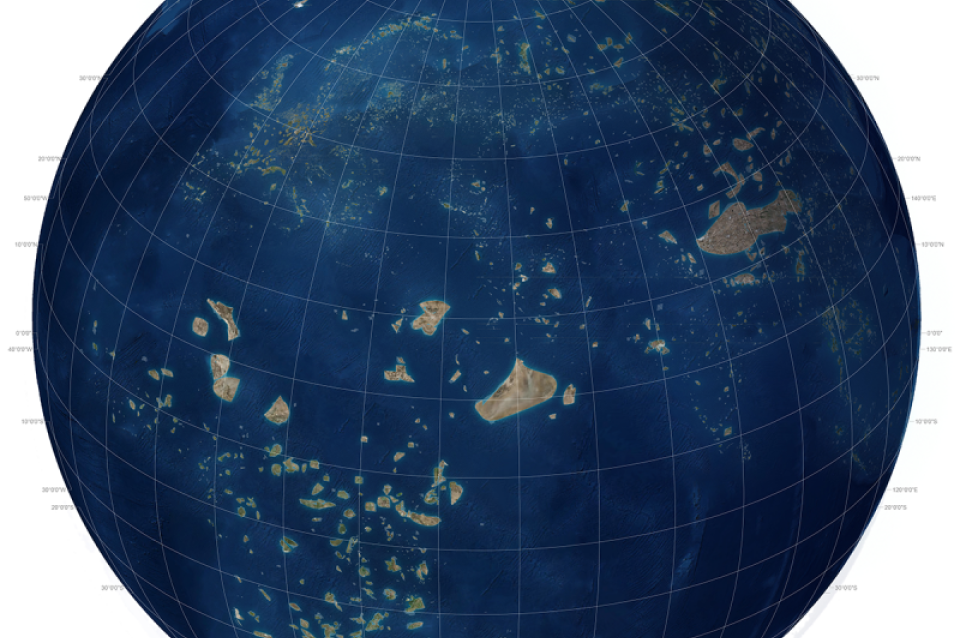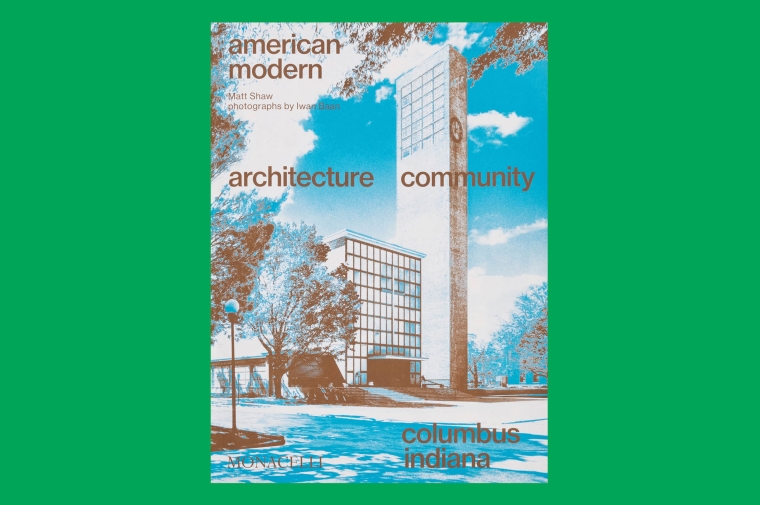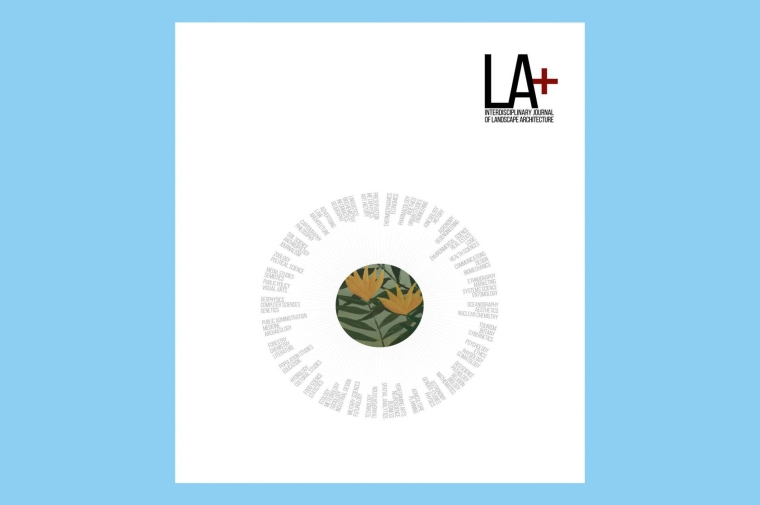July 5, 2017
Stuart Weitzman School of Design
102 Meyerson Hall
210 South 34th Street
Philadelphia, PA 19104
Get the latest Weitzman news in your Inbox
Media Contact
Michael Grant
mrgrant@design.upenn.edu
215.898.2539
Richard Weller’s Atlas for the End of the World, a groundbreaking new collection of maps tracking urban development in relation to biodiversity, has been steadily attracting notice from the design and scientific communities since its public launch this spring.
As Fast Company’s Katherine Schwab writes, “By 2100, the UN projects that 10 billion people will live on Earth–and it’s likely that many of them will live in cities. For the professor Richard Weller, who heads the urbanism [sic] and landscape architecture department at the University of Pennsylvania, the sprawl that’s sprung up to accommodate that urbanization is one of the biggest design problems of the next century–one that will transform the planet as we understand it.”
Weller explains, “You could say the planet had become a design problem because we’re all over it, and we need to extract as many resources as we can out of it. Because of all of those pressures, you need to design not just cities, but entire landscapes.”
In an interview with National Geographic, Weller adds that the new atlas is for anyone who’s curious about where biodiversity is under threat around the globe, but hopes it will also be a call to action for landscape architects, urban planners, and designers—professionals he believes have valuable expertise to contribute to conservation efforts. “We need to redesign our systems,” he tells writer Greg Miller, “so that there’s infrastructure for species other than us.”
Scientific American published an essay about the Atlas by Weller, whose research assistants on the project were alumni Claire Hoch (MLA’14) and Chieh Huang (MLA’15). “The Atlas for the End of the World lays the groundwork for the 142 nations who preside over the world’s biodiversity hotspots to now view climate change, biodiversity and urbanization as interrelated phenomena and plan for the future.”
As Mauro D. points out on Mexico-based technology and culture platform Connectica, the Atlas’s publication online makes good on the promise of the Internet to democratize new knowledge, and its usefulness isn’t limited to native English speakers.


 Expand Image
Expand Image



